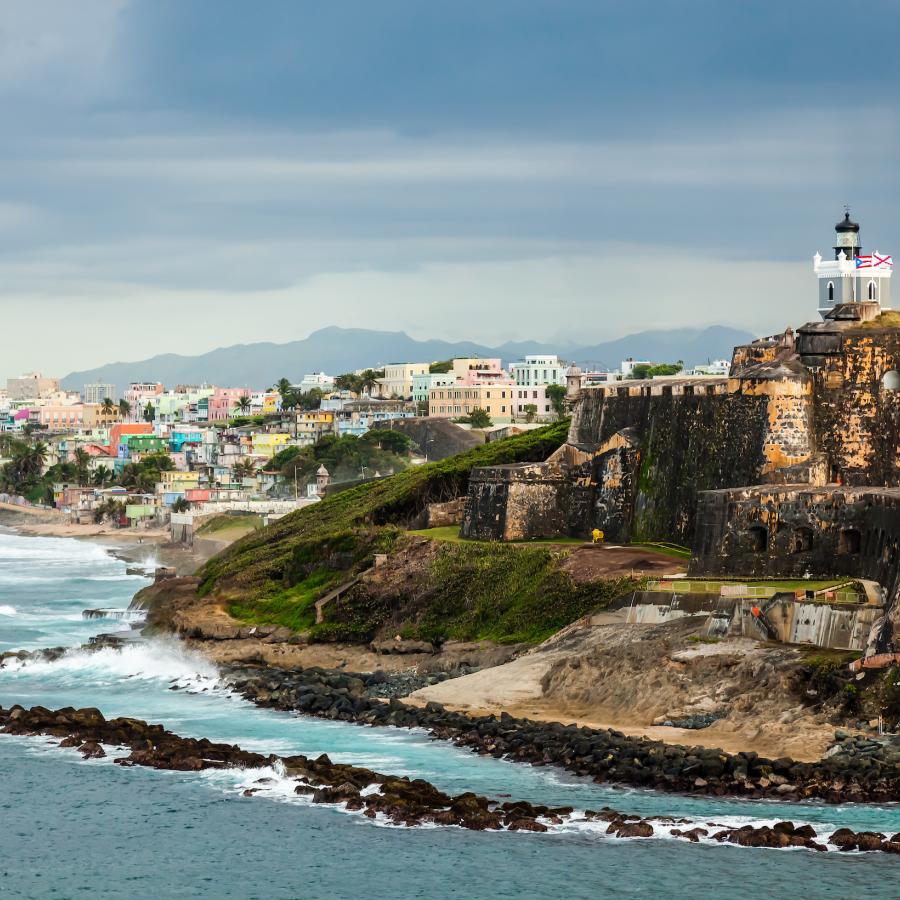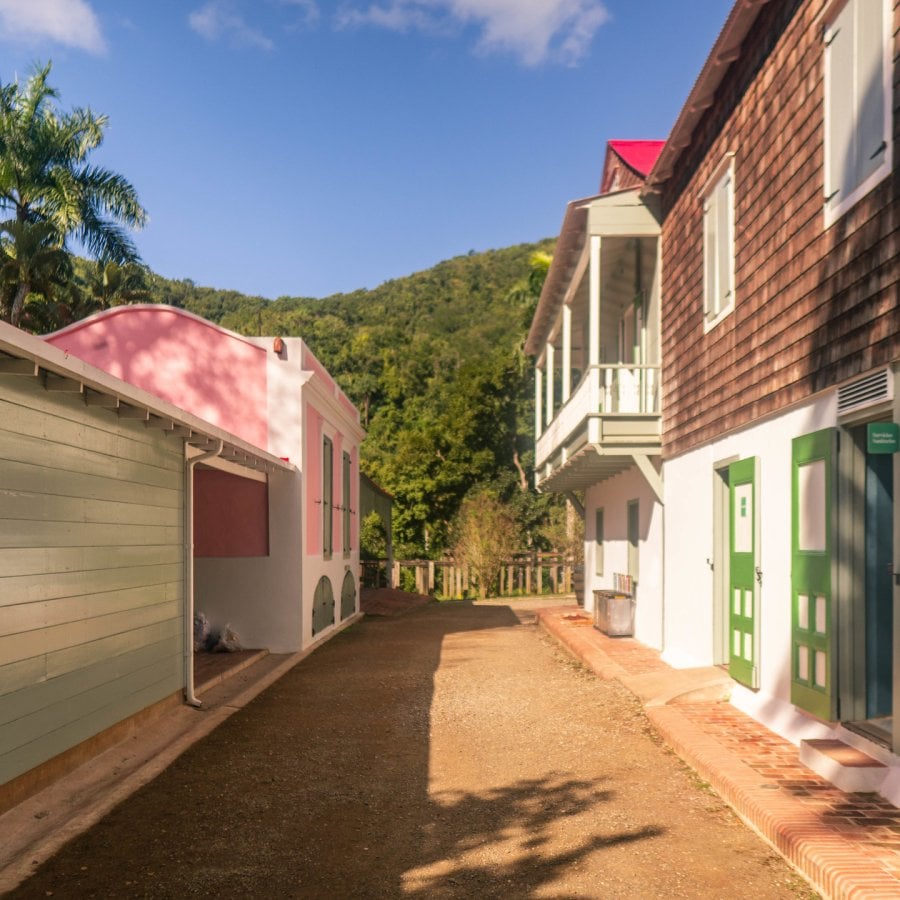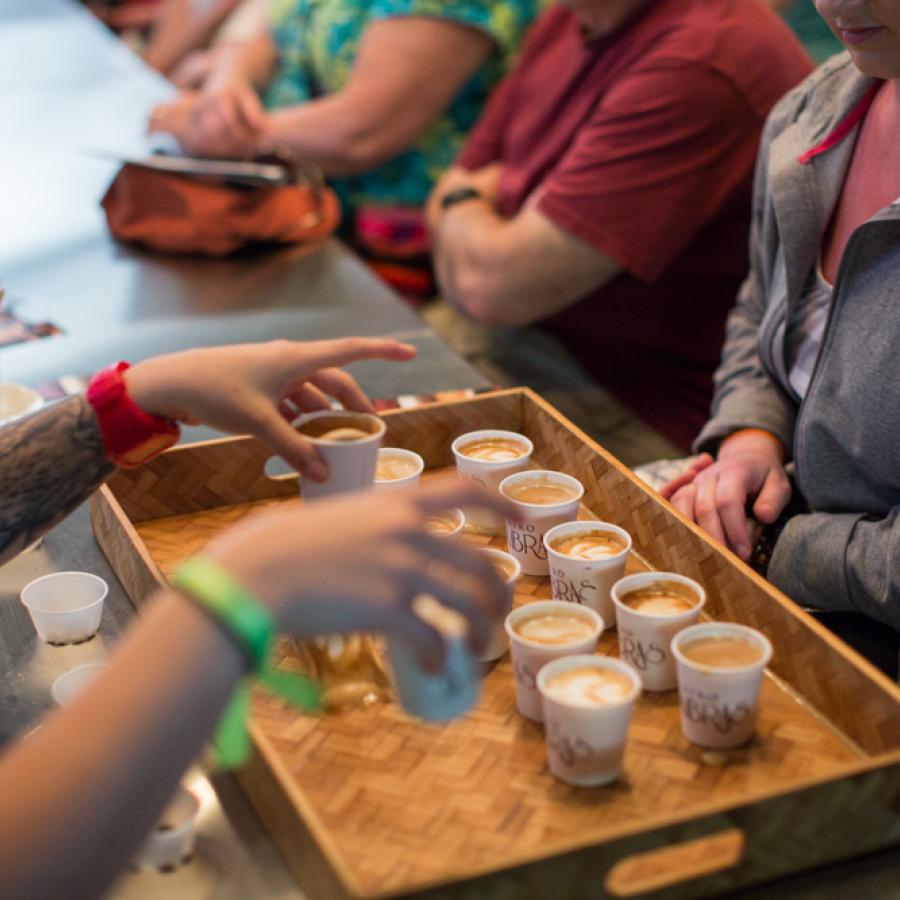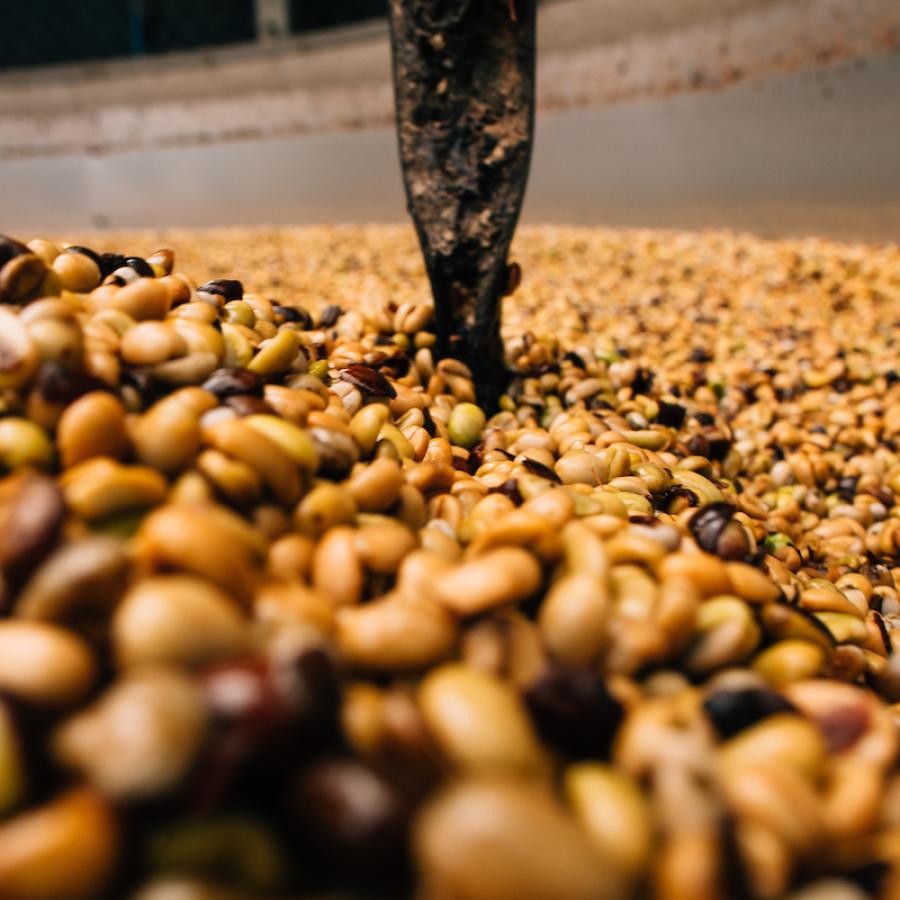Check out the coffee of “popes and kings” while in Puerto Rico
Puerto Rican coffee has over 200 years of history. Some historians believe it was first introduced to the island in 1736 by the Spaniards, who found the mountainous region perfect for harvesting coffee plants. Others ascribe the arrival of Arabica beans to a Corsican monk that emigrated to Puerto Rico – also in the late 1700s – in search of a better life.
Regardless of who introduced the fruit, the first coffee beans were sown in Puerto Rico by the end of the 18th century, and coffee quickly became an economic driver. The demand was such that even the pope requested Puerto Rican coffee, giving it the reputation of being the coffee of "popes and kings." Even the Royal Courts of Europe tasted Puerto Rico's cupped lighting.
What makes Puerto Rican coffee stand out is a combination of where it is grown and how it is processed. The island's volcanic soil, as well as the coffee being grown at altitude (up to 3,500 feet above sea level) and in the shade, bring out those extraordinary flavors.
The process of gathering and roasting the beans brings out the specific attributes of the coffee while maintaining very high-quality standards.
Aroma and flavor: Puerto Rican coffee has sweet nuances that highlight chocolate undertones and dry fruit notes. In your cup, you can detect hints of almond, plum, and other nuts, but the predominant flavor will always be chocolate.
Texture and kick: The "body" of the coffee feels very rich and supple. The coffee has an acidity that gives it subtle notes of citrus, but is not bitter.
If you’re looking to sample local coffee brands that are 100% Puerto Rican-grown beans and held to the highest standards of production, here are a few to check out while you’re on the island.
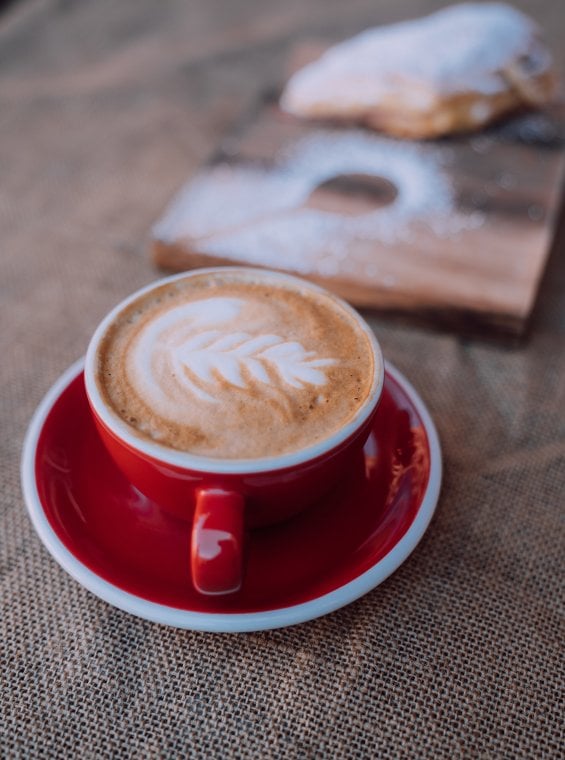
Café Don Ruiz
A fourth-generation coffee hacienda nestled in the mountains of Yauco, Café Don Ruiz's specialty gourmet coffee is single harvest, hand-picked, and hand-sorted. The coffee is then hauled to the historic Cuartel de Ballajá in Old San Juan where it is roasted, ground, and either packaged or served at their small, charming coffee shop. There you can enjoy traditional preparations like an espresso or a latte or try different kinds of brewing and pour-over methods. This is a "must stop" for every coffee lover.
Café Cuatro Sombras
This trendy coffee shop is located in the Recinto Sur street of Old San Juan and serves 100% Arabica beans from the southern town of Yauco. The coffee at Cuatro Sombras is roasted weekly in their on-site micro-roaster. The name Cuatro Sombras (Four Shades) comes from the practice of harvesting coffee under the shade of four different types of trees: pacay, guama, dragons blood, and muskwood. Be sure to pair your cup of joe with their iconic guava butter toasts or any of their freshly baked pastries.

Visit Hacienda Lealtad in Lares to try local coffee.
Hacienda Lealtad
Do you feel like traveling back in time? That's the experience you'll have when visiting Hacienda Lealtad in Lares. A whimsical coffee adventure awaits at one of the few historic haciendas in Puerto Rico. This 19th century plantation was recently restored to its former glory and now offers a window into the island's agricultural era. Learn about the history of coffee in Puerto Rico as you venture into the fields and follow the beans’ journey to the roaster. Finish your trip at their bistro, where you will have an authentic Puerto Rican meal and sip a cup of one of their three tiers of coffee: Supreme, Gourmet, or DiLaris.

Hacienda San Pedro
Hands down, one of the island's most popular coffee brands and shops. Sown in the mountains of Jayuya, Hacienda San Pedro's coffee is hand-picked and then dried in antique drums that have been in use for over 100 years. Their beans are slightly sweeter than other coffees and are sold in Hacienda San Pedro coffee shops all around the metropolitan area.
Café de Puta Madre
Grown in the town of Adjuntas, the Limaní Arabica beans are grown in some of the island's highest altitudes. The coffee roast highlights the bean's chocolate undertones and nutty notes, making for a luscious brew. Café de Puta Madre got its peculiar name after the reaction of the Andalucian's first tasting in Seville, Spain. When it is the harvesting season, you can find this coffee at numerous supermarkets, bakeries, and online.
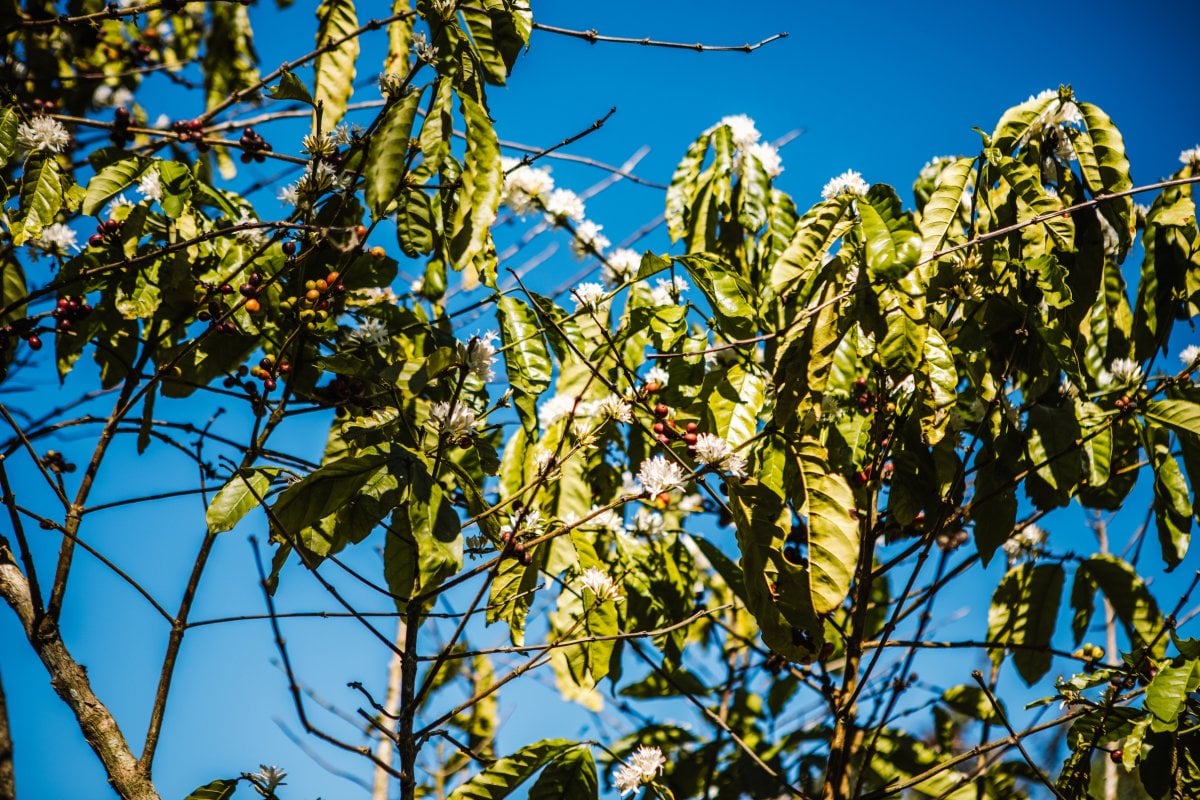
Coffee beans on a tree at Cafe Gran Batey in Utuado.
Harvesting and Processing Specialty Gourmet Coffee
Puerto Rican coffee goes through a meticulous process before it can be poured in a cup:
- Once the coffee cherries are hand-picked from the plant, they are sorted, and the ones that are caritostados (sundried) are discarded.
- The coffee cherries that are 100% ripe are thrown in a machine to be separated by color and size.
- The freshly harvested cherries are passed through a pulping machine to separate the skin and pulp from the bean.
- The beans are dried out with one of two methods: they are either thrown in a net to sun-dry completely or tossed in a machine that simulates sunrays.*Fun fact: The most commonly used coffee toasting machine was invented in Puerto Rico and perfected in Colombia. These machines dry up to three layers of the bean.
- When the bean's humidity is down to 10%, the seeds are left to rest for up to three months. If they are processed immediately, the beans lose their unique properties.
- Once again, the coffee beans are sorted by color, size, and weight. They go into a milling machine that removes the hulls. The milled beans are known as green coffee.
- The exposed beans are examined for flaws or imperfections.
- The coffee beans are roasted to a medium finish and sent to be packaged or ground for consumption.
Fun Facts about Specialty Gourmet Coffee
-
Puerto Rican coffee is primarily Arabica beans of the Limaní variety, which was developed on the Island.
-
To achieve the special properties of Puerto Rican coffee, the beans must be planted and sown in the Island’s volcanic soil at an altitude of 1,800 to 3,500 feet above sea level and grown under lots of shade.
-
Specialty coffee is only roasted to a medium finish to make sure the bean preserves the fruity and nutty qualities that make it unique.
-
Puerto Rican coffee is sweet and creamy, and experts suggest it is better enjoyed black and without sugar.
-
The most common ways to drink coffee in Puerto Rico are pocillo (espresso), cortadito (espresso with a little steamed milk), and café con leche (latte).
-
It only takes 22 seconds to extract a shot of espresso.
Comment Guidelines
We value your thoughts and want to foster a respectful and engaged community. As such, we ask that you adhere to the following guidelines when posting comments
- Please ensure your opinions are expressed respectfully.
- We won’t remove comments that engage in courteous debate but hate speech or any form of profanity will not be tolerated. This also applies to the inappropriate use of emojis or hashtags.
- Do not downvote or dislike a comment simply because you disagree with another person’s views.
- Self-promotion and external links are not allowed and will be removed.
- Avoid sharing private information about yourself or others. Doxing (the act of leaking personal information with harmful intent) is strictly prohibited and will result in a ban.
- Comments that are off-topic will be deleted.

